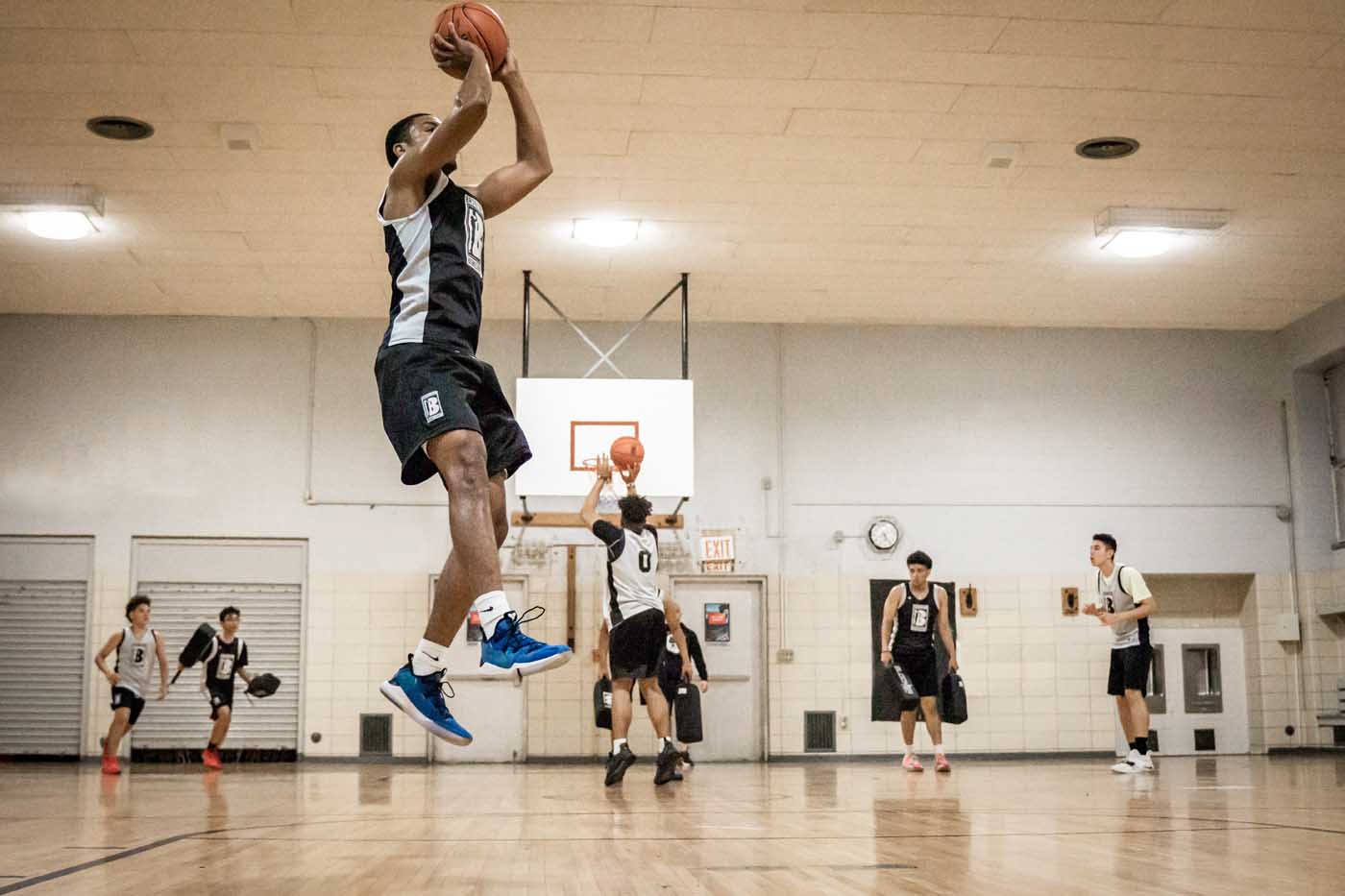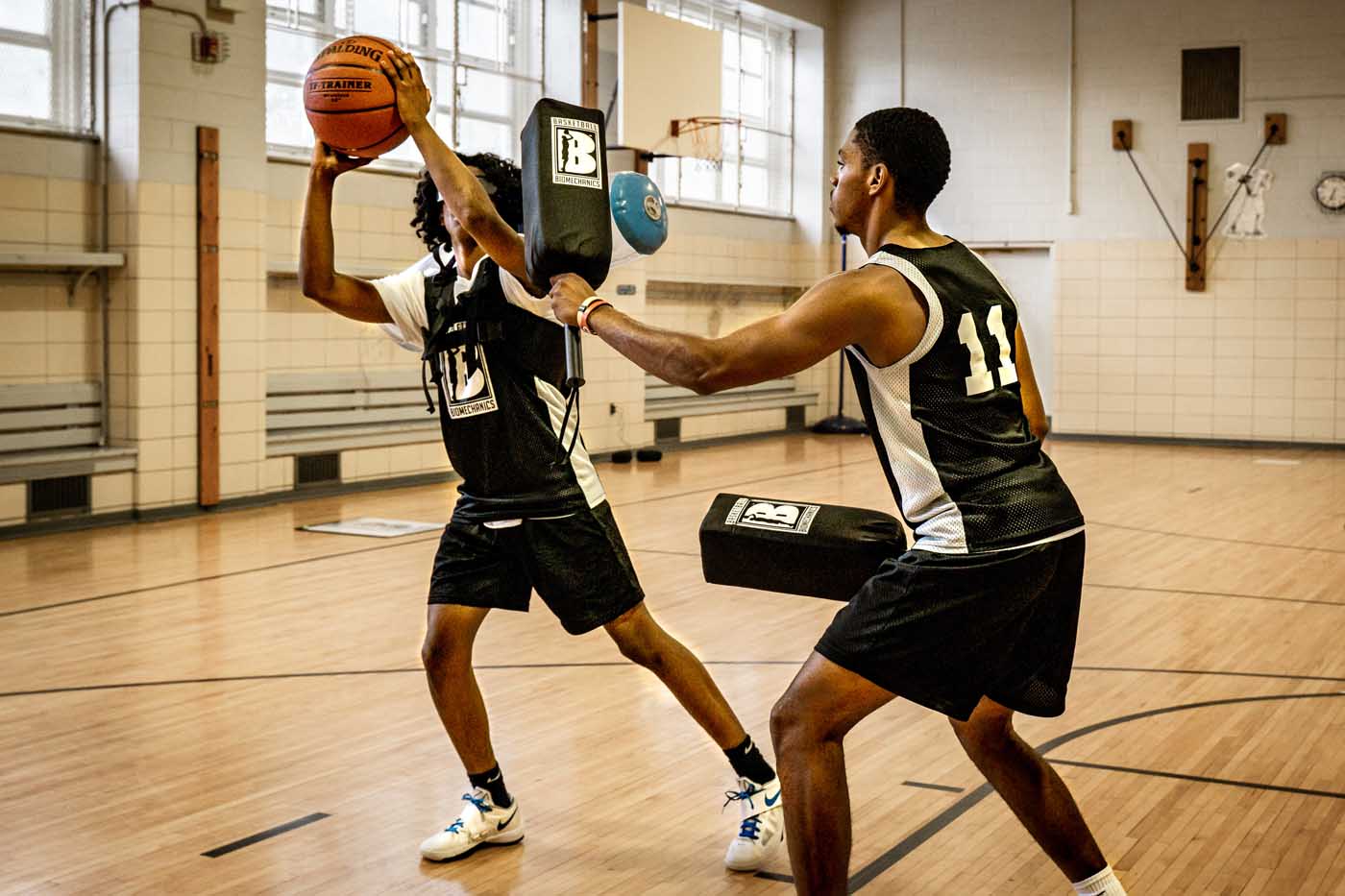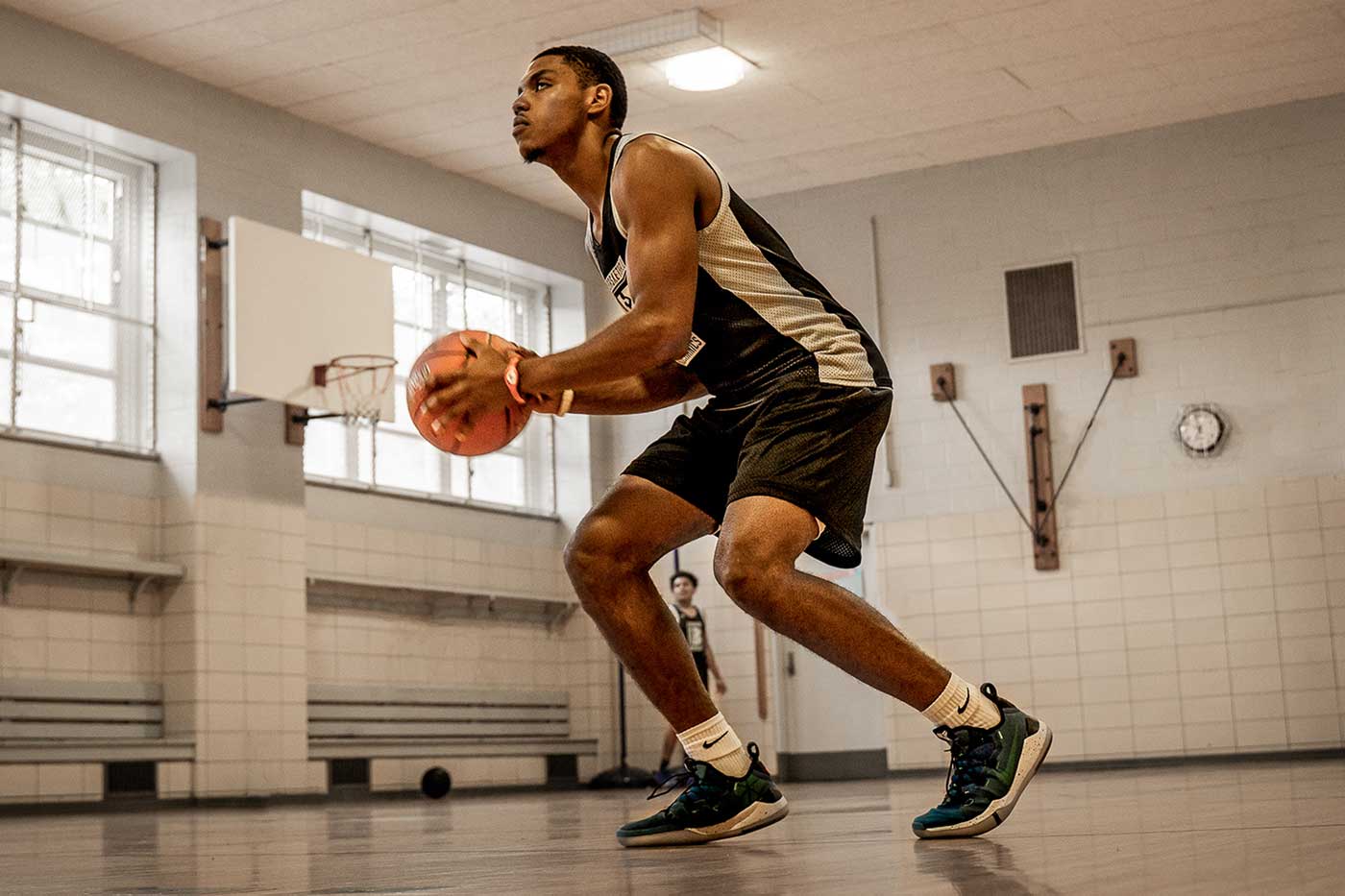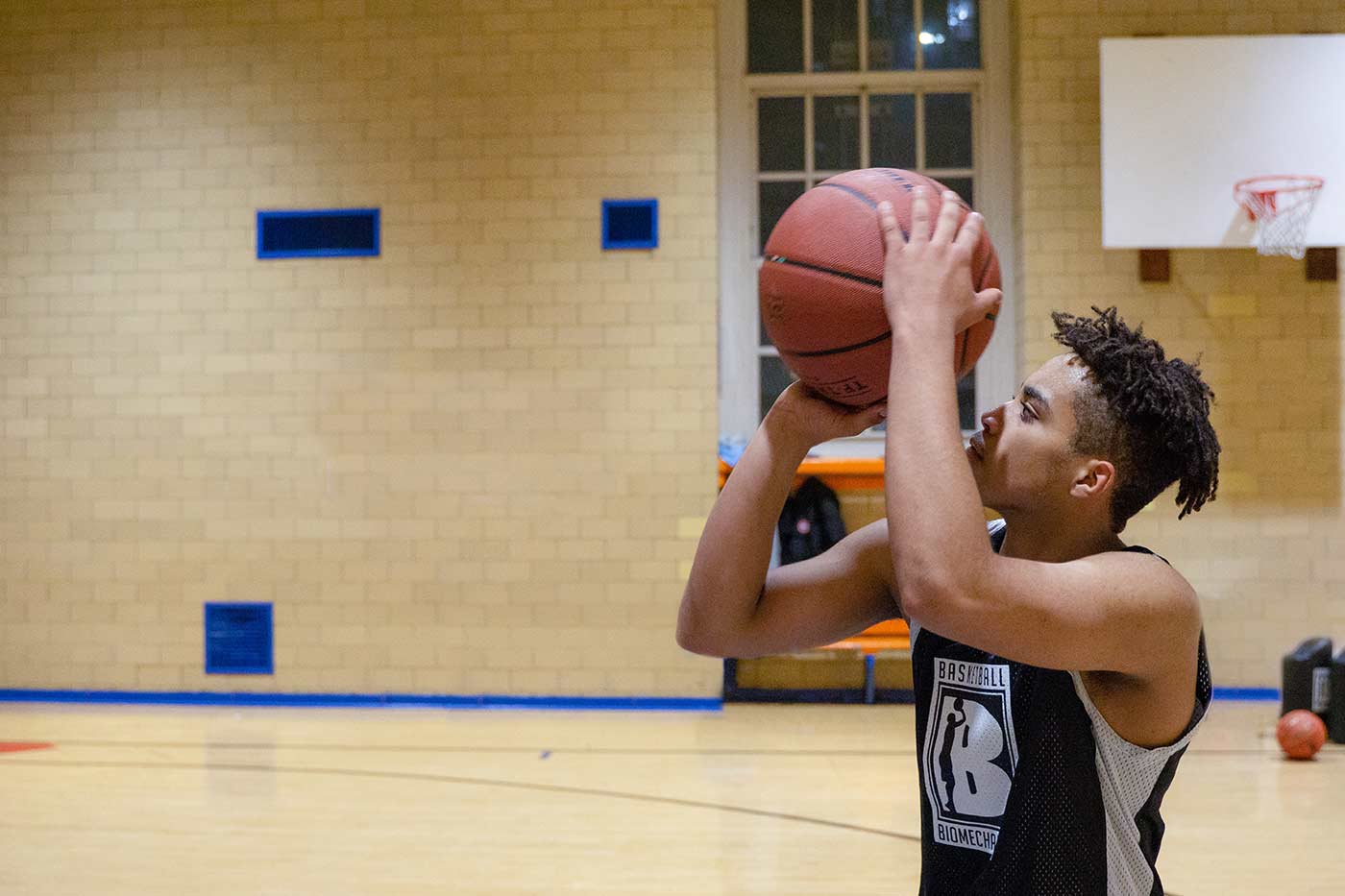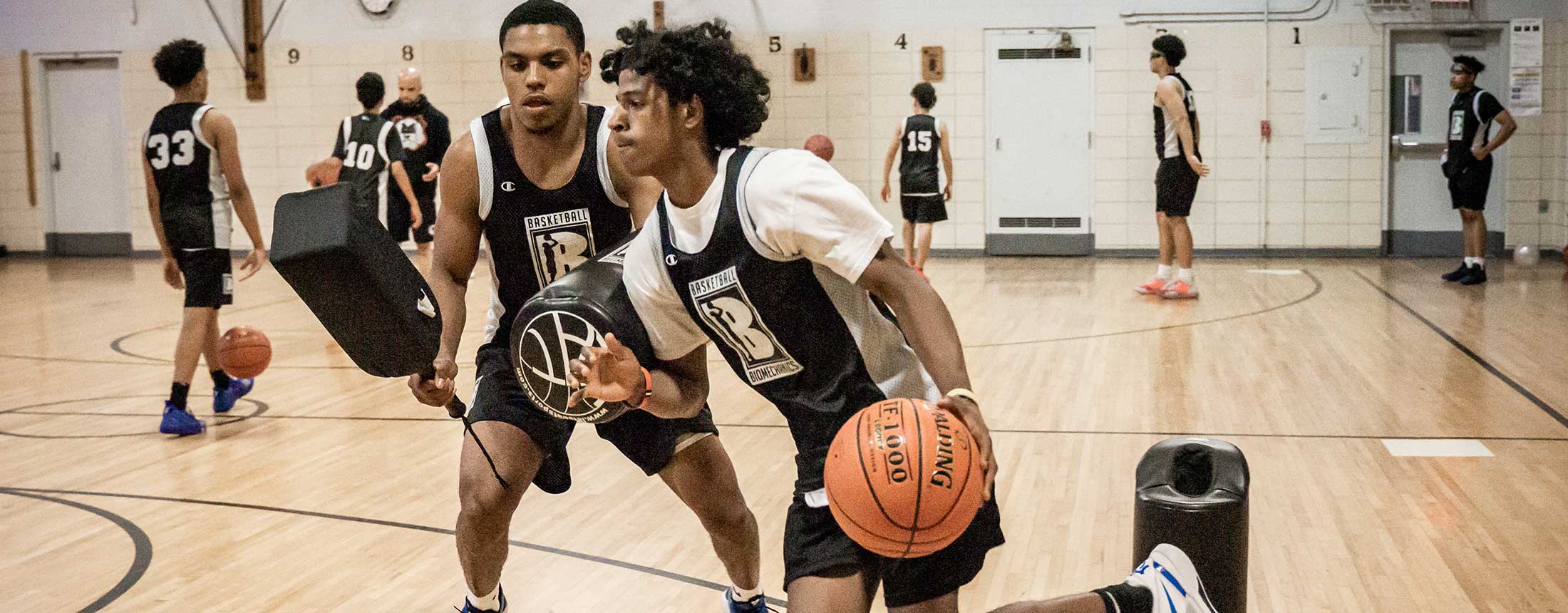
BB Methodology
It is essential to understand how to assess & critically analyze a players limiting factors in order to strategically prioritize executing adaptive training methods.
Adaptation, Prediction, & Anticipation are trainable qualities, that when combined with “what” movements to do “when”, have powerful impacts on player performance & overall team output.
The goal is to increase the player ability to adaptably MOVE in game. Often you can increase strength, power and speed but if context is missing those attributes do not necessarily transfer to in-game performance.
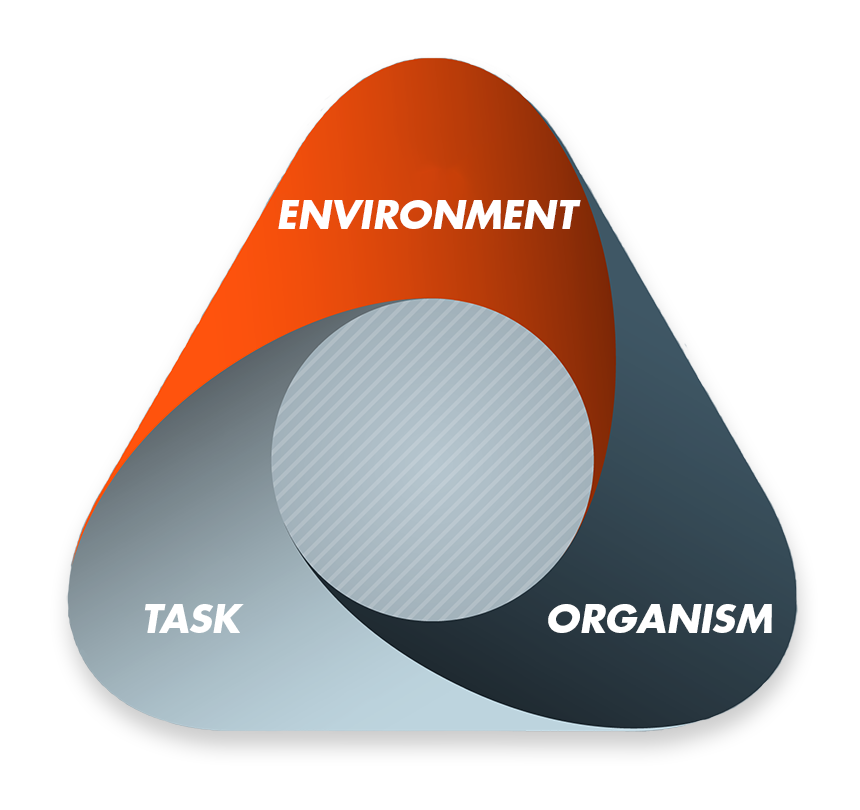
It is Important to understand that varying the state of three subsystems is critical for flexibly adaptive movement to be called upon in competitive play. Challenge and vary each subsystem in order to promote motor learning.
- Amount/Rate of force
- Co-contraction/pre-tensioning techniques specific to acceleration & deceleration
- Foot/Ankle/Trunk stiffness & elasticity
- Single/double limb jumping with & without asymmetry
- Grooving individual offensive strategy & ball manipulation techniques with movement qualities variably to enhance adaptable robustness under time-pressure-game chaos
- Muscle slack control
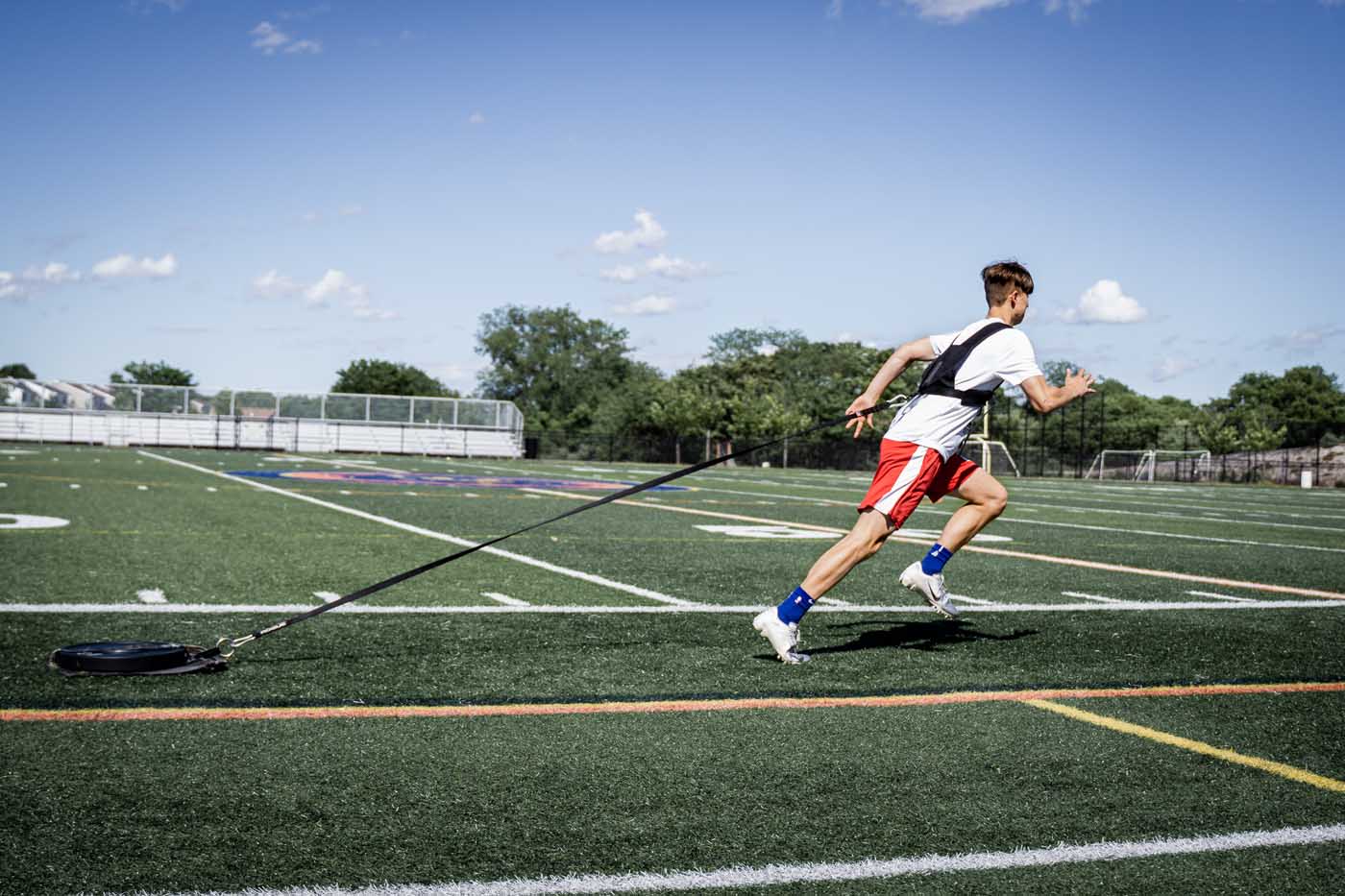

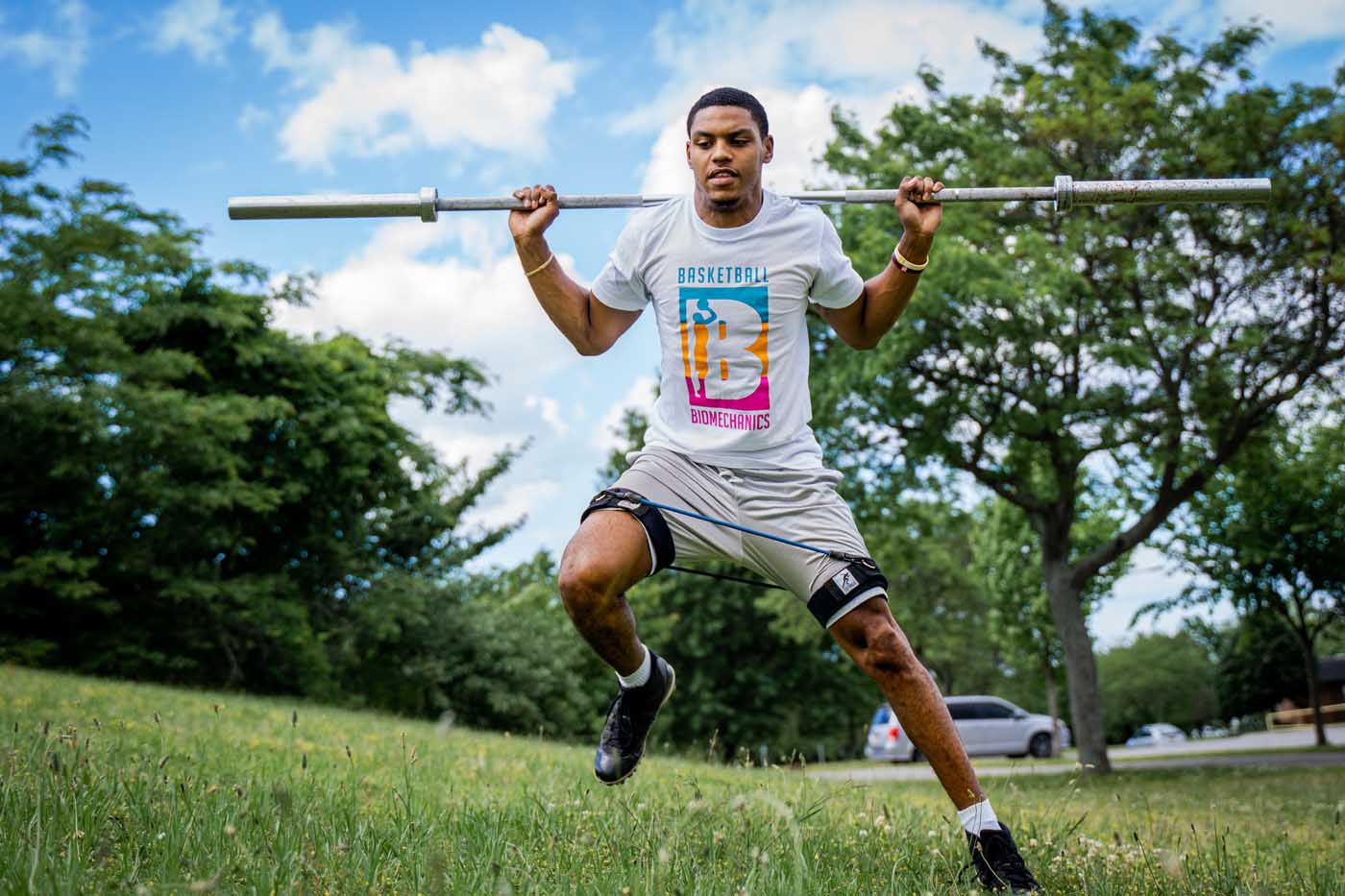
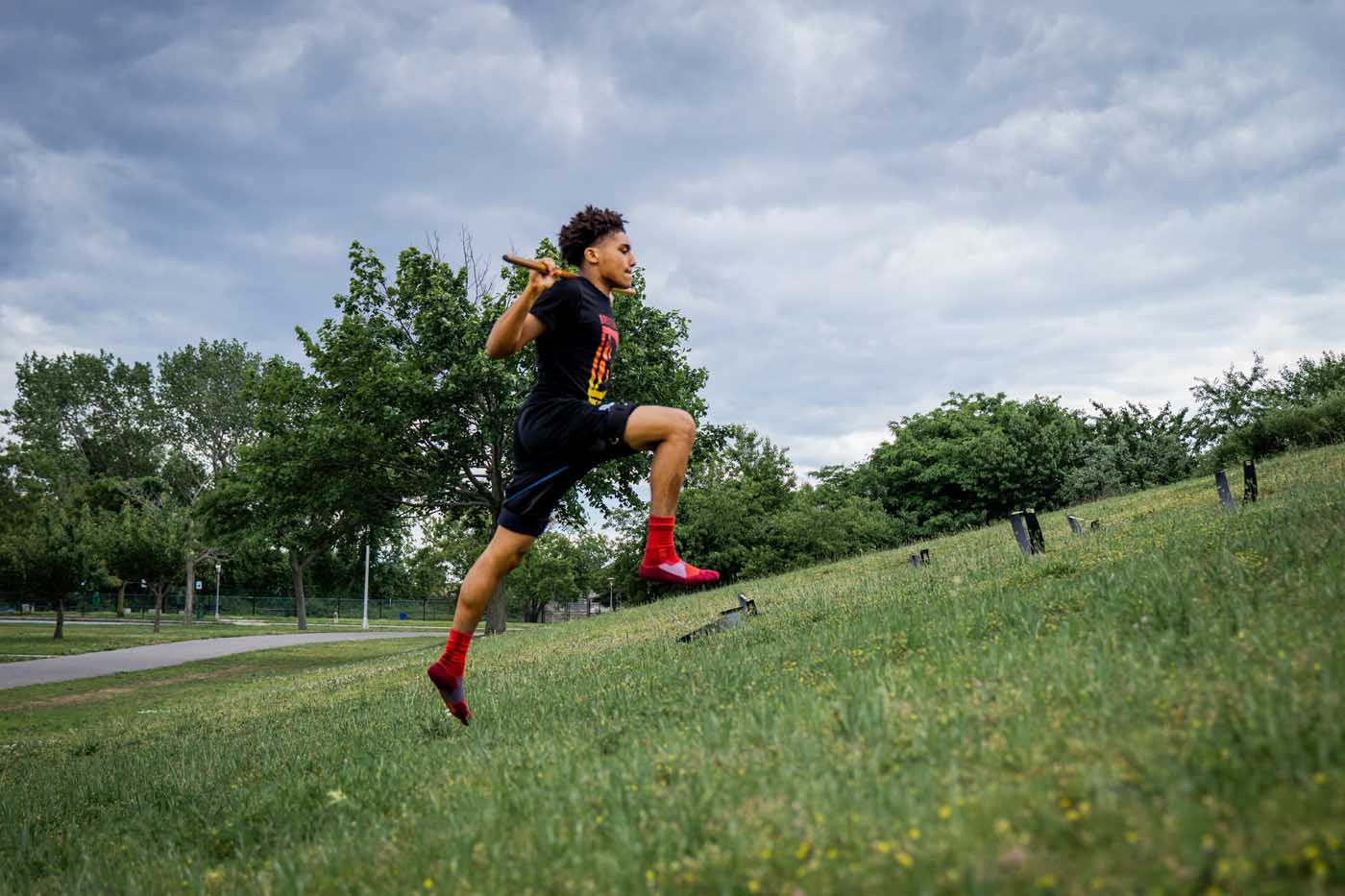
While most people refer to one's ability to dribble as ball handling, we've defined the ability to move the ball at different speeds, in different directions, at different heights, and reception location as one's ability to MANIPULATE THE BALL. There are many criteria that contribute to extremely effective displays of great ball handling. To help create a method that can be followed we have coined the term "ball manipulation." Our methods ensure that you connect your visual strategy and lower limb strategy with your ability to manipulate and control the ball, in specific context while under pressure IN GAME.
- Manipulation options
- Visual search strategy
- Dribble height variability
- Hand placement
- Wrist, forearm, & shoulder strategy
- Ball placement strategy
- Tempo-cadence variability


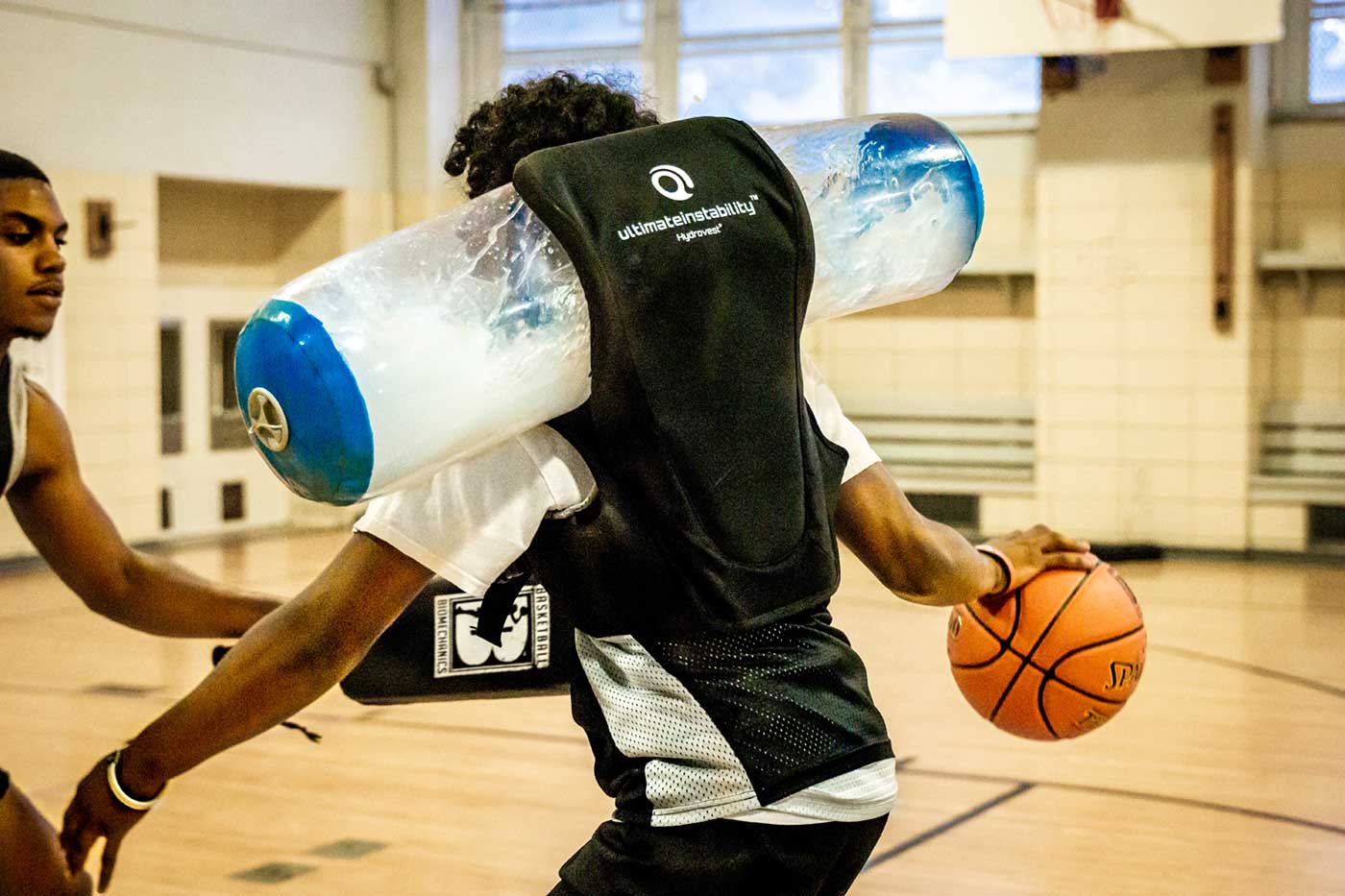
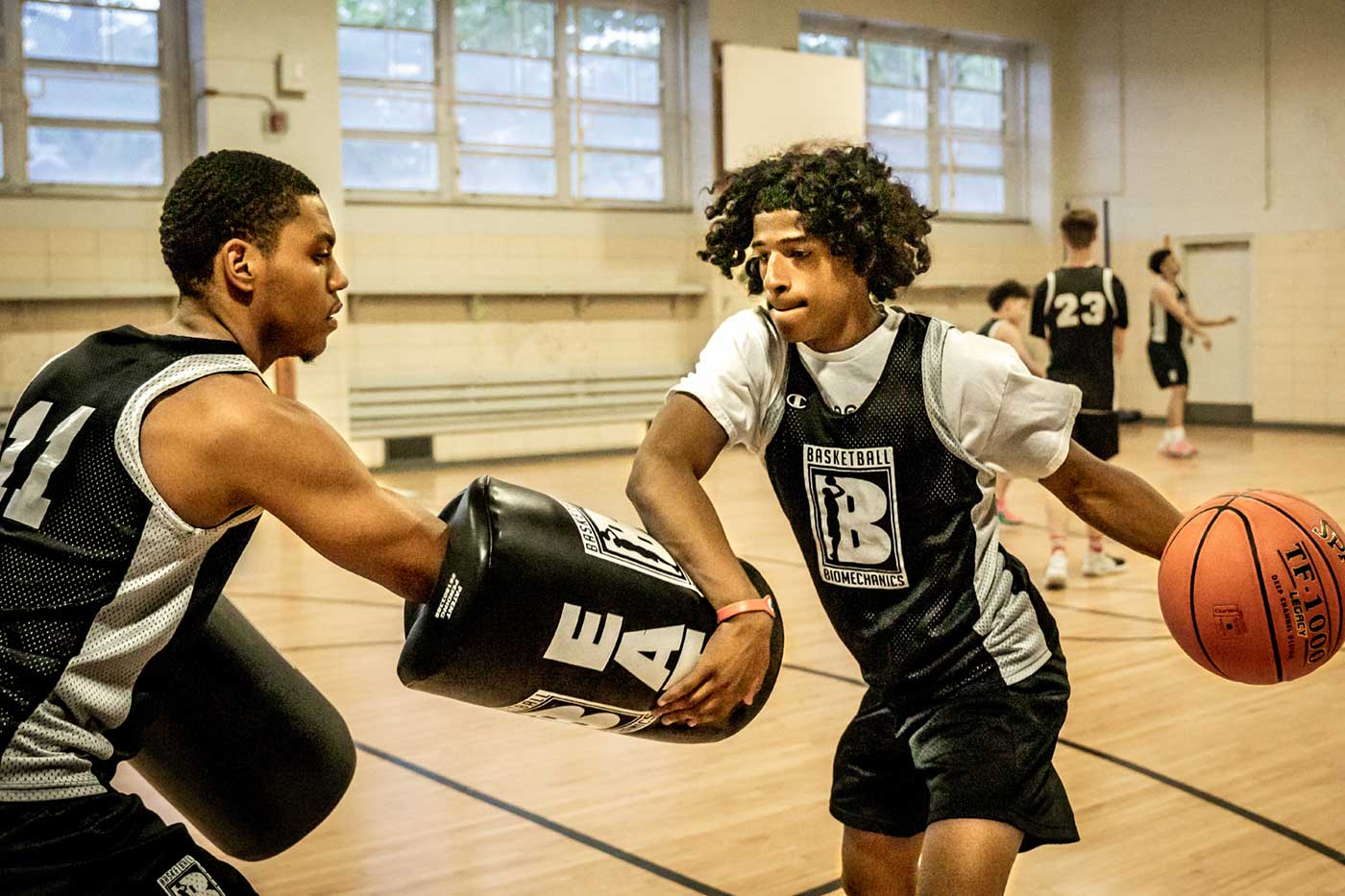
Individual offensive strategy empowers players to use the movement library that they learn through our training program. Players will learn what techniques to use, when to use them, and how to effectively execute their next move on the court. It does not matter what you know if the filter you have doesn't know when to tell you to do it. Our Individual Offensive Strategy comprises exhaustively researched and applied techniques. Players will not only learn what the techniques are, but just as critically the link between sensory information and movement output. The link represents the filter. This sensory filter is what distinguishes the dominance of the greatest players. It is necessary to build, challenge and dynamically engineer this filter in order for a player to maintain flexibility of motor output. Players must be prepared to deal with limitations such as time, pressure, space and alter in milliseconds. The goal of the adaptive training process is to vary failure with success. It is essential to have a strategic blend of failures and successes. Varying conditions are absolutely necessary when preparing players for extremely unpredictable circumstances in competitive play.
- Bound & delayed bound options
- Perception-movement decision-action coupling
- Torso orientations at acceleration (rotate & release defensive force, rotate & close, off arm subtle engagement)
- Visual search strategy
- Visual deception strategy
- Rhythmic energy transfer organization into shot off handle (all distances)
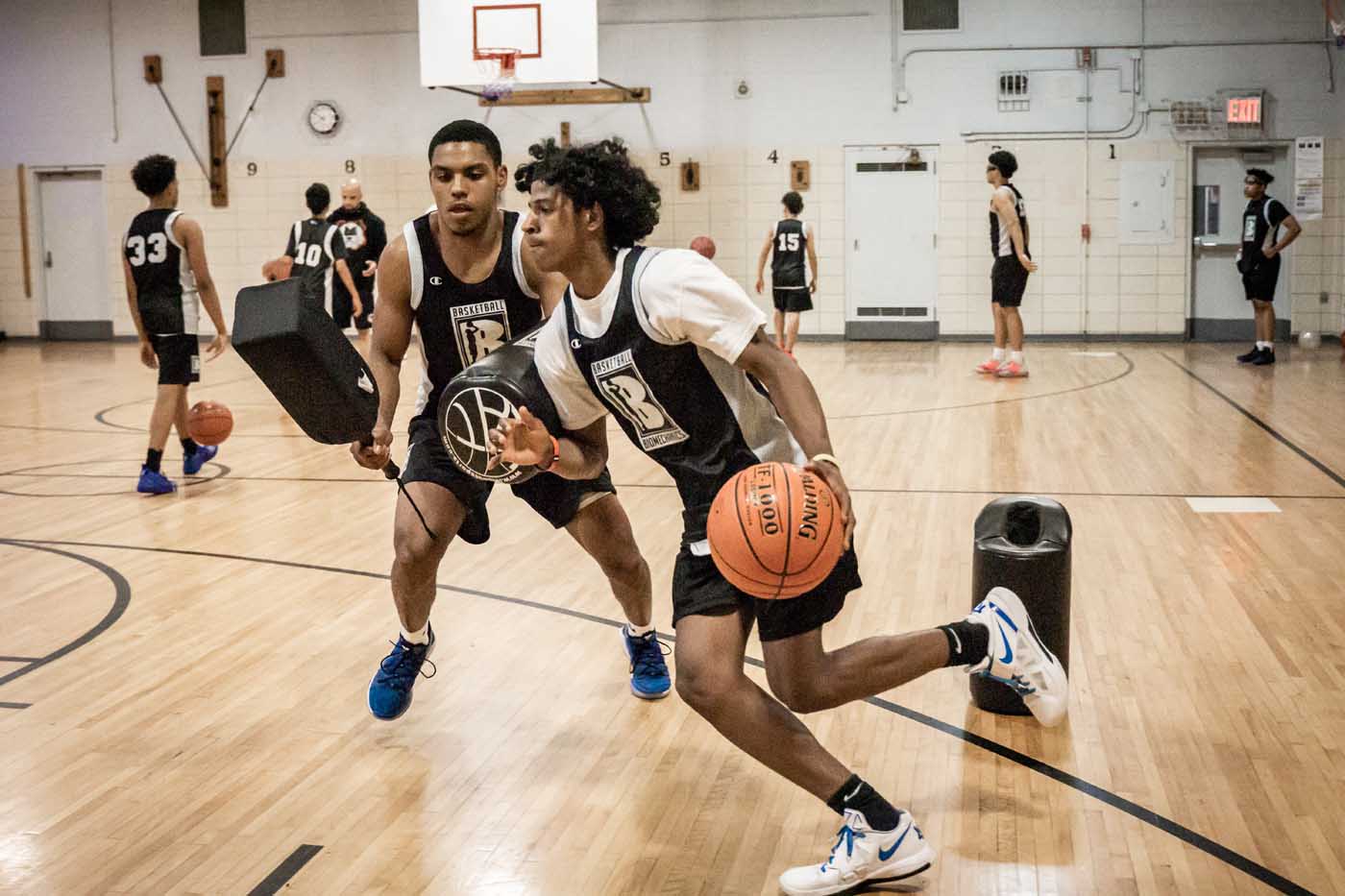
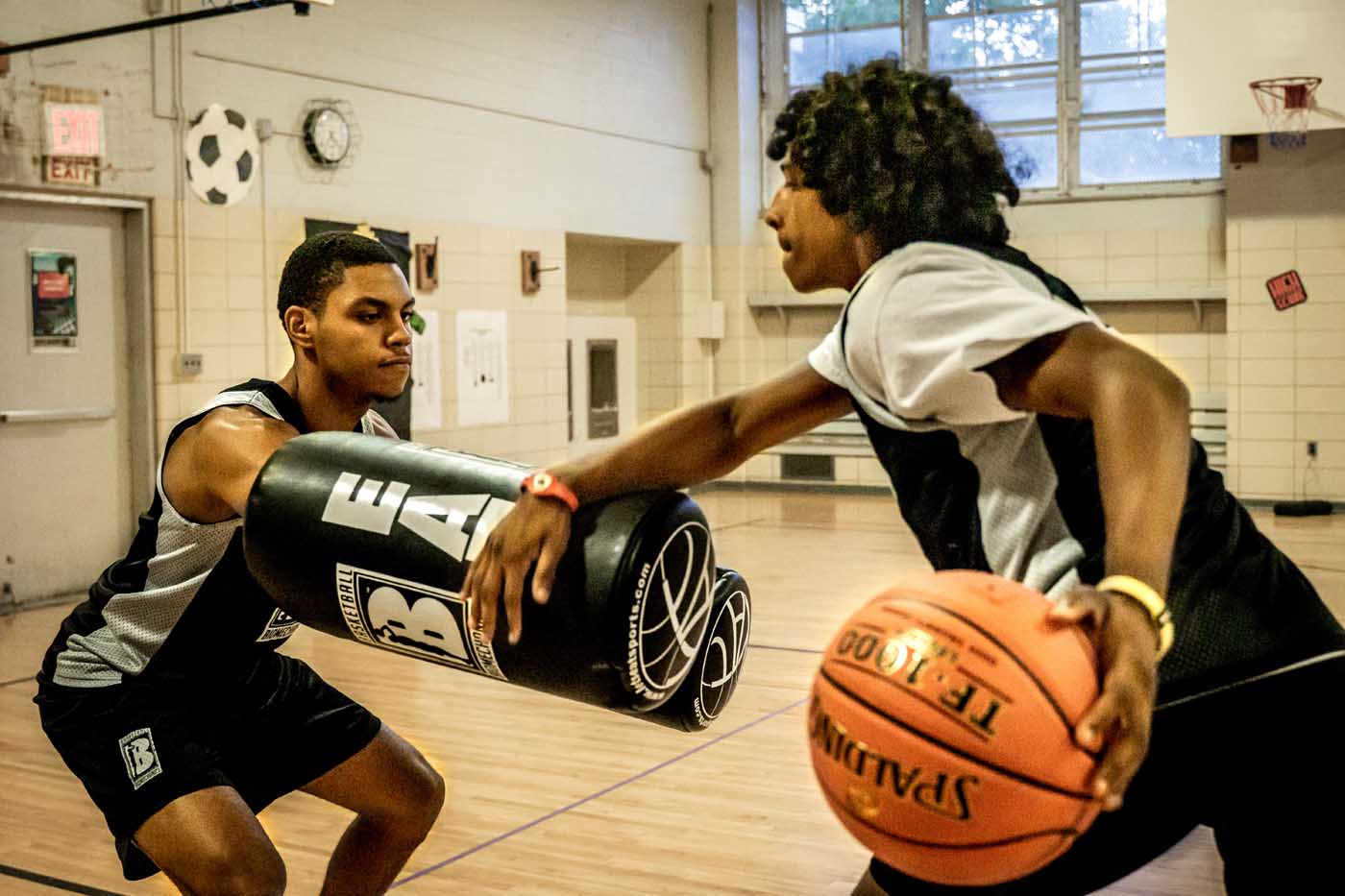


In order to finish the basketball at the rim, adaptively, one must first understand the various types of finishes that you can execute. We increase players' finishing "bandwidth" of movement and link it to contextual information that will drive what finishing options are more likely to succeed in each specific circumstance. From a global approach, we are teaching various finishes, yet to truly advance adaptability even more we must assess what limiting factors can exist. Some of these limiting factors include different patterns, launch angles, exit speeds, and spin rates. This ties into the Individual Offensive Strategy learning of what techniques there are, when to use them and how to use them most effectively.
- Variable options utilizing either hand/foot
- Visual search strategy
- Backboard surface area usage
- Gather tempo variability
- Hop turn options
- Ground reaction force redirection
- Asymmetrical takeoff patterns
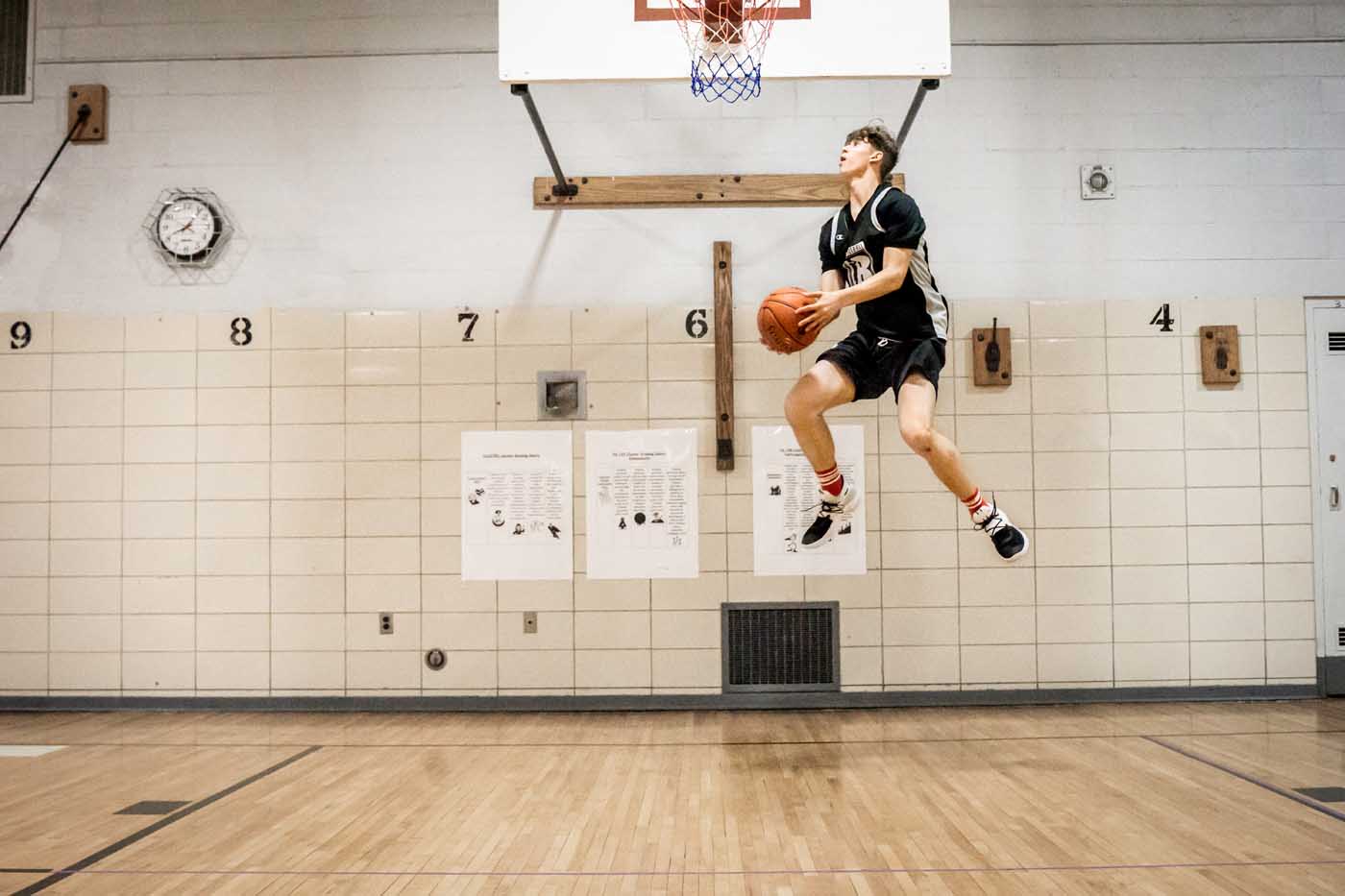
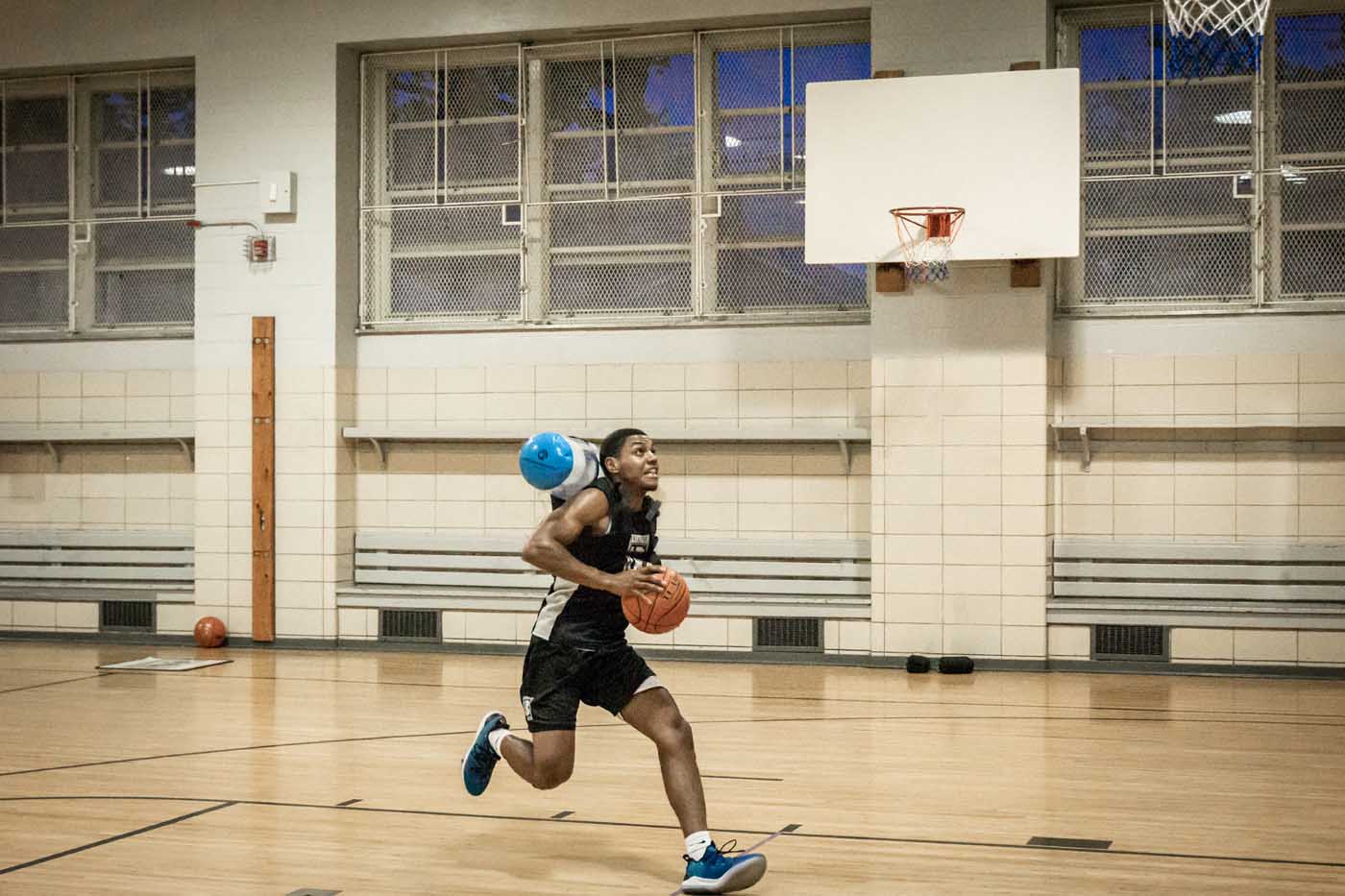
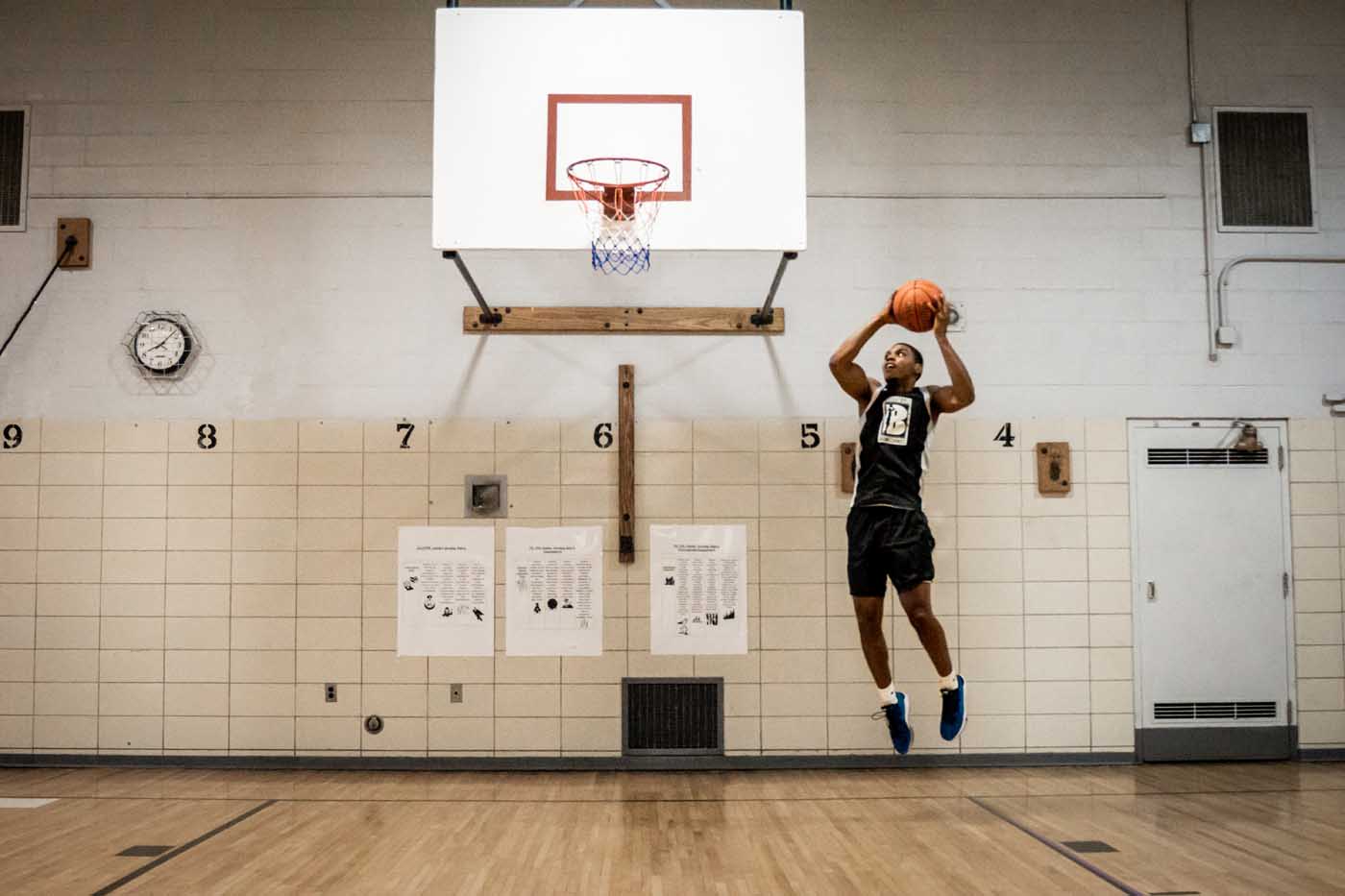
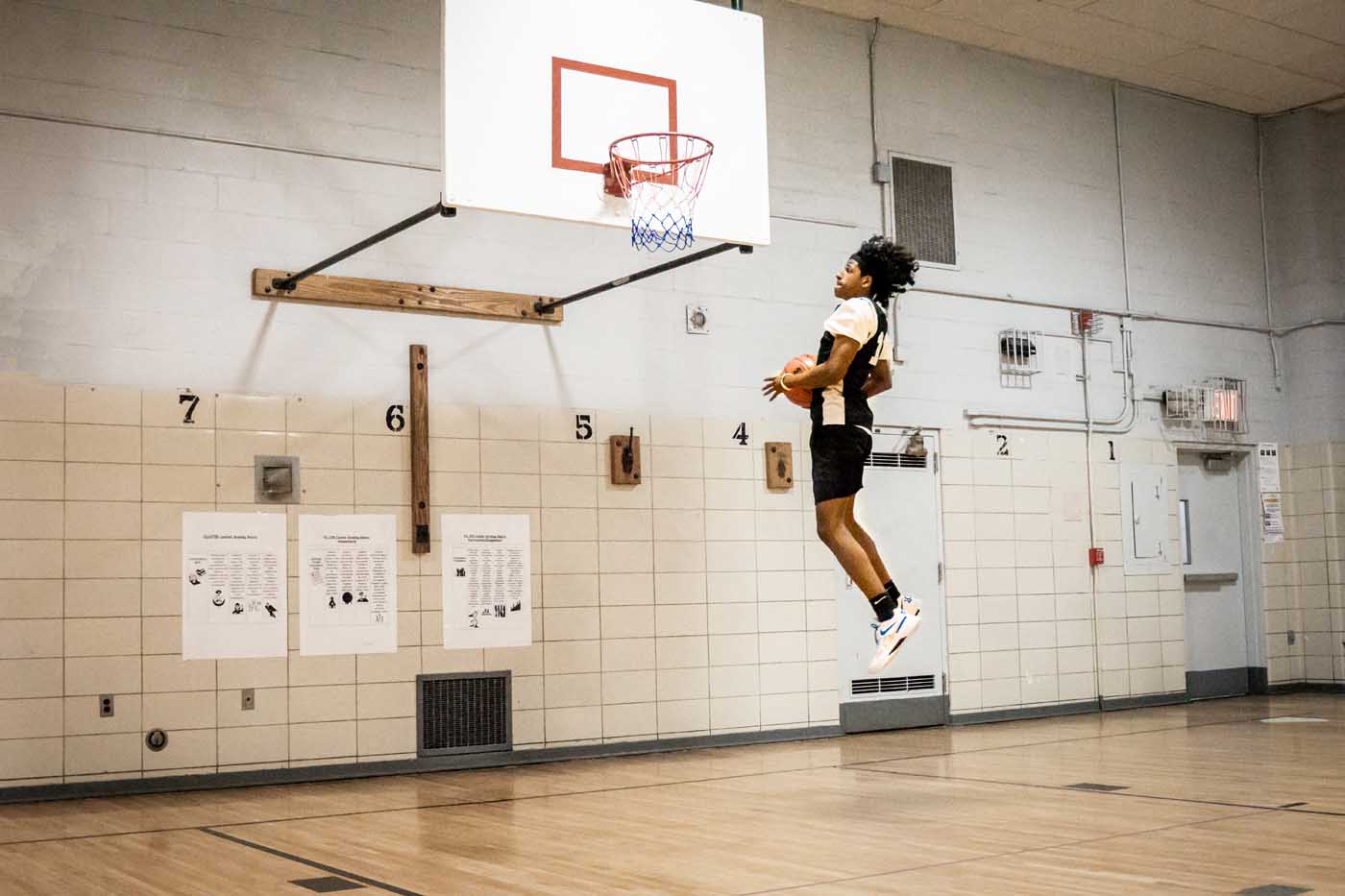
A spectrum of movement and ball flight that we have designed allowing you to spend less time and maximize performance while reducing total energy demand on the body compared to rep on rep training. Rep on rep training where players take thousands of shots, in block training fashion requires a lot of energy. It's not about the VOLUME of shots, rather the strategic quality of shots. We provide methods that promote multi-dimensional shot making capabilities. The goal is to learn to shoot more adaptively in game, when it matters. Variability prepares you for in game adaptability. Motor Control Theory, Dynamic Systems Theory, Peer review research and video analysis of the greatest shooters in the history of the game all influence the Shooting Calibration methods used at Basketball Biomechanics.
